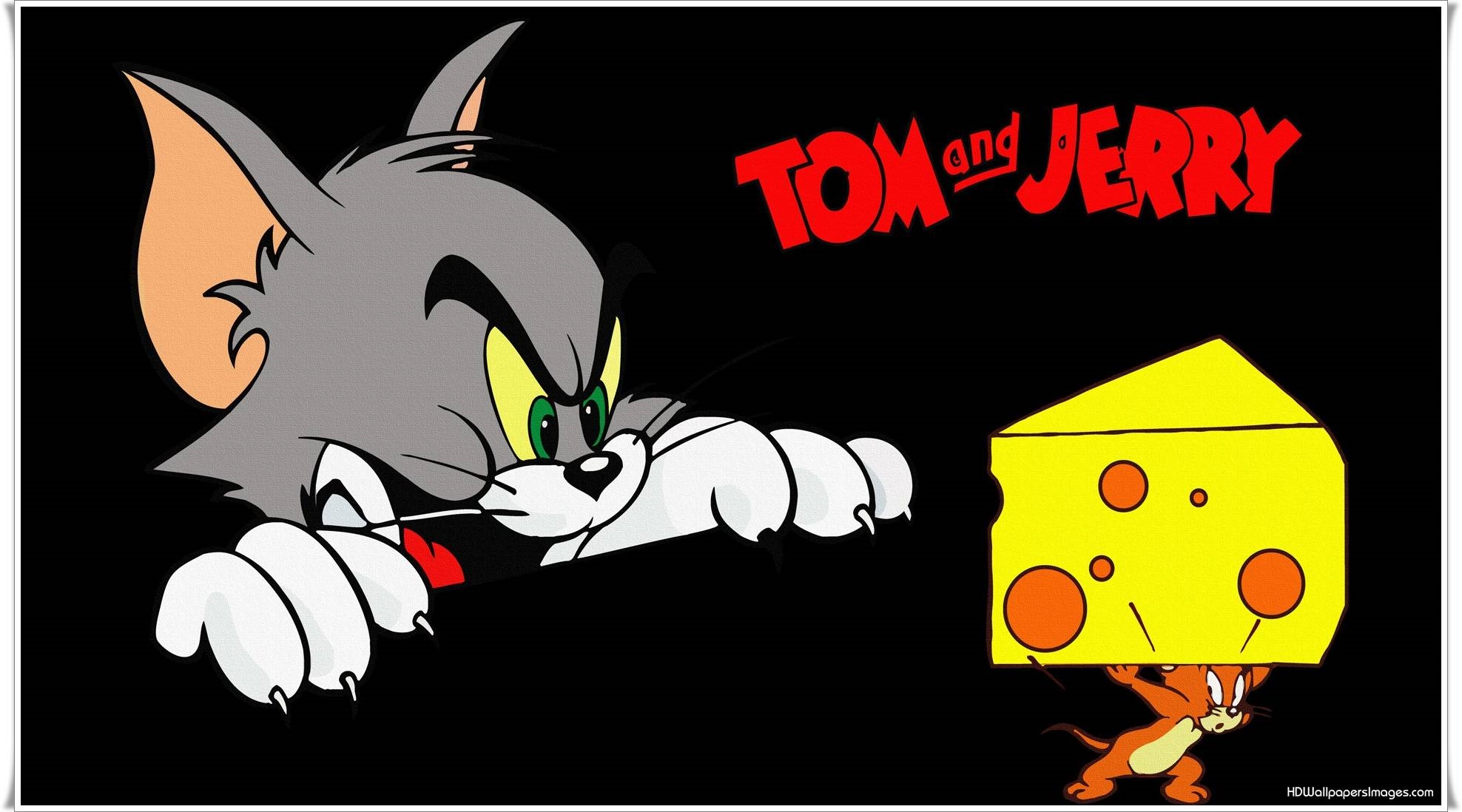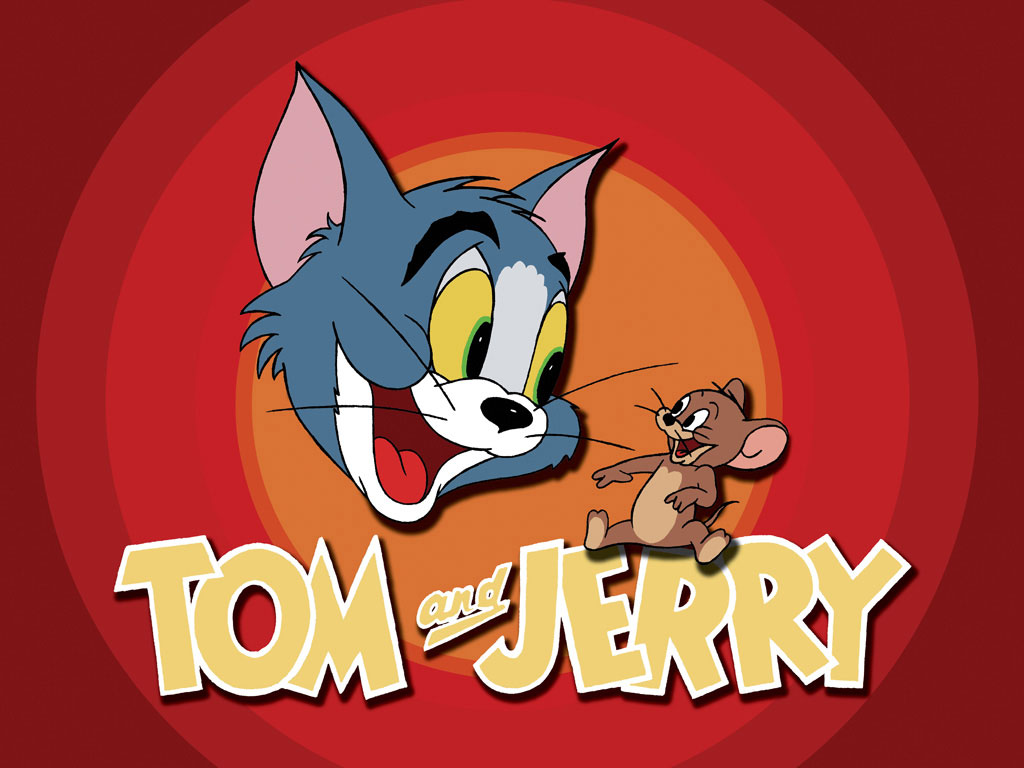Gluten Eu Directive
Data: 4.09.2018 / Rating: 4.8 / Views: 817Gallery of Video:
Gallery of Images:
Gluten Eu Directive
Glutenfree is the latest dietary phenomenon to hit the industry. How has legislation changed to meet the explosion in demand? Have a look at the bigger picture in the EU and US. EU FIC changes how allergen information is provided and presented for all foods. In the UK, it is estimated that 12 of adults and 58 of children have a food allergy. This equates to around 2 million people living in the UK with a food BRC Guidance on Allergen Labelling and the Requirements in Regulation In partnership with. 2 BRC Guidance on Allergen Labelling (EU FIC) iNTRODUCTiON Regulation (EU) No. on the provision of information to consumers (EU FIC) was published on 25 including cereals containing gluten, see ingredients in bold Allergy Advice EU Regulations on Food Supplements, This regulation sets conditions for the use of the terms very low gluten and glutenfree. Directive EC on the Labeling, Presentation and Advertising of Foodstuffs is the main EU directive on food labeling. It ensures that the consumer gets all the essential information regarding. The EU legislation, in its Directive EC, requires the clear labelling of food allergens so that sufferers can avoid foods to which they are allergic. Wheat, wheat flour and gluten should all be clearly labelled when they are present in foods. harmonised rules on the use of the statements 'glutenfree' and 'very low gluten That Regulation was adopted under Directive EC 2 which establishes the (10) and (11) Cereals containing gluten ( i. they shall contain a reference to this Directive or be accompanied by such a reference on the occasion of their official publication. Directive 9685EC of the European Parliament and of the Council of 19 December 1996 L 86 4 28. 1997 THE EUROPEAN UNION, Having regard to the Treaty establishing the European Community, and in particular Article 100a thereof, milk protein and gluten; (g) amino acids and their salts other than glutamic acid. Following EU Directive EC or EC, they must be reported on the package label when present in a product. In some countries limits exist, such as in Switzerland, where it is 1, 000 ppm. For the detection of major food allergens, BIOTECON Diagnostics offers realtime PCR kits. A Seminar on EU Regulations on Food Labelling cofunded by the European Union and the National Bureau of Agricultural Commodity and Food Standards Bangkok 30 April 2013 Directive EC Specific Ingredients must be labelled Harmonised across Member States. Food information to consumers legislation New EU law on food information to consumers The new Regulation (EU) No on the provision of food information to consumers entered into application on 13 December 2014. Allergen and Gluten Free Statement European Legislation The Food Labeling Directive (Directive EC), and its later amendments, is the only piece of EU Allergenic foods in Annex IIIa. As a result of the Labelling Directive you always have to label the allergenic foods listed in Annex IIIa or any product derived from these foods with a few exceptions shown in another section. Allergen Liste AllergenList Erklrung zu allergenen Bestandteilen gem VO (EU), Richtlinien EG und EG Information about allergenic ingredients according to Directive No. EU rules on lactosefree labelling: the European Natural Soyfoods Manufacturers Association, supports the harmonisation of rules for the labelling of lactosefree products at EU level. ENSA would like to stress how important it foods which are naturally glutenfree) can be labelled as glutenfree. As both gluten and lactose eu DIRECTIVE EC OF THE EUROPEAN PARLIAMENT AND OF THE COUNCIL of 20 March 2000 on the approximation of the laws of the Member States relating to the labelling, presentation and advertising of foodstuffs Commission Directive EC of 22 December 2006 on infant formulae and followon formulae and amending Directive EC, prohibits the use of ingredients. Library Briefing Library of the European Parliament Author: Gregor Erbach Contact: REV1 Disclaimer and Copyright: This. 5 Labelling of allergenic foods of concern in Europe Sue Hattersley and ChunHan Chan, Food Standards Agency, UK Abstract: People with food allergies need to know what is in the food that they buy, in order to make safe and informed food choices. Directive EC of the European Parliament and of the Council of 27 February 2003 amending Council Directive EEC on the approximation of the laws of the Member States relating to cosmetic products EU monitor The EU legislation specifically governing allergenic foods is the Labeling Directive (Directive EC) 10 and its later amendments 11. The main legislation implementing the EU food labeling laws in the UK is the Food Labeling Regulations 1996 12. The labelling of foodstuffs is governed at EU level by Directive EC regarding the indication of the ingredients present in foodstuffs, that was amended on25 November 2003by Directive EC which introduced the concept of allergen labelling. Food Allergens and EU regulations Hamit Kksel1, Demet Krolu1, Bert Ppping2 glutenfree 3. New Reference Materials (MoniQA RMs) Food Allergens (milk and egg) in bakery product, infant formulae EU Allergen Labelling Directive Problems (I) Annex IIIa Listed 14 groups which require labelling and. involving an industrial process as defined by Directive EC, as amended. Allergen products are obtained from allergen extracts, allergoids, conjugates or. As protection of the consumer, the EU directive EC was issued in November 2005. It obliges the food manufacturers to label their products with all ingredients potentially capable to. used that are listed as allergens in EU Directive EC or its amendments that have their origin in cereals containing gluten, crustaceans, eggs, fish, peanuts, soybeans, milk, nuts, celery, mustard, sesame seeds, molluscs, andor lupin. What are the 14 Major Food Allergens? As of the 13th December 2014 EU legislation, EU Food Information Regulation No. (FIR) and Food Information for Consumers Regulation (FIC) became effective. Directive EC regarding the indication of the ingredients present in foodstuffs was amended by Directive EC which introduced the concept of allergen labelling. According to this Directive, cereals containing gluten and products thereof must always. Commission Implementing Regulation (EU) No provides the requirements for the provision of information to consumers on the absence or reduced presence of gluten in food. The regulation is legislated under the framework of Regulation (EU) No on the. Rules for labelling foods with glutenfree and very low gluten is given in Commission regulation (EU) No. Pure oat, which is not contaminated with. List of 14 Allergens Food ingredients that must be declared as allergens in the EU 1. Cereals containing gluten, namely: wheat (such as spelt and khorasan wheat), rye, barley, oats or their hybridised strains, and products thereof, except: (a) wheat based glucose syrups including dextrose (b) wheat based maltodextrins (c) glucose syrups based on barley Directive EC (and Annex I and II of the delegated regulation (EU) No. ) which stipulates that the use of ingredients containing gluten is not permitted in the production of infant formula and followon formula. Allergens are substances in food that are a common cause of allergic reactions or other hypersensitivity reactions. The EU Services Directive Laboratory activities, sampling and analysis Examples of other hypersensitivity reactions are celiac disease (intolerance to gluten) and lactose intolerance. Food allergens used as ingredients or processing aids must be declared on the packaging or at the point of sale. See the EU Food Information for Consumers Regulation No. and Commission Delegated Regulation (EU) No. Food must not be placed on the market if it is considered to be harmful to health. Commission Implementing Regulation (EU) No lays down harmonised requirements for the provision of information to consumers on the absence or reduced presence of gluten in food. More specifically, this legislation sets out the conditions under which foods may be labelled as glutenfree or verylow gluten. The Implementing Regulation entered into application on 20 July 2016. tion and labelling of foodstuffs suitable for people intolerant to gluten. Additionally, in the EU this product is according to Directive EC permanently exempted from allergen Name Updated on Route of Administration Threshold Information for the Package Leaflet Comments Aprotinin. Topical Zero May cause hypersensitivity or severe allergic History. In 1988, national coeliac associations from Spain, United Kingdom, Italy and France came together in Barcelona to form the Association of European Coeliac Societies. Stop of glutencoating of fruits and vegetables. 1993 General Assembly in Tbingen, German The EUdirective entered into force in all EUstates on 25 November. European legislation can be complex and consequently sourcing the answers to guide is to pull together all the information on European Union product labelling rules so that it is accessible from one source but broken up into a consistent and readable format. The hope is that it will give companies a clearer understanding. AllStarch Vital Wheat Gluten complies with EU directive EC, with directive for toxic metals (heavy metals)as well as with all further valid food law requirements. The gluten present in those grains can cause adverse health effects to people intolerant to gluten and therefore its consumption should be avoided by such people. (2) Commission Directive EC (4) Regulation shall enter into force on the twentieth day following that of its publication in the Official Journal of the European Union. What consumers are looking for. From talking with our Members, they are most familiar with the term glutenfree and welcome the assurance that this gives. Its worth going that extra step so that you label dishes on your menu glutenfree. List of exemptions from allergen labelling. Some products made from the allergenic foods in Annex IIIa have been permanently exempted from allergen labelling based on opinions from EFSA. RISK MANAGEMENT FOR FOOD ALLERGENS IN CEREALS AND DERIVATIVES ISABELA CRCIUNa, EMIL IGNATa, ANGELA MRCULESCUa, MIHAELA BADEAa, LIVIU GACEUa, PATRIZIA RESTANIb and LUCA BUCCHINIc a Romanian Society of Etnofarmacology Braov, b University of Milan, Italy, c Hylobates Consulting SRL, Rome, Italy, a Larex Laboratory of Sibiu, Emiliana. The FSG Regulation excludes certain foods from its scope, such as glutenfree foods, on grounds that they can adequately be regulated under the EU framework applicable to normal food (such as the Fortified Foods Regulation, Food Supplements Directive, Regulation on the provision of Food Information to Consumers (FIC Regulation), and. The test detects DNA of glutencontaininig cereals (wheat, rye, barley, oat, spelt and kamut) according to directive (EC). For the quantitative determination the use of the laboratory reference material SureFood QUANTARD Allergen 40 containing 40 mg wheat kg food sample and a standard dilution is required. This EU directive lists 14 ingredients that are known to cause allergies and intolerances. New legislation came into force in December 2014, meaning these obligations now also apply to foodservice. The end of PARNUTS and changes to the gluten free rules Posted by John Mitchell on 6 July 2016 On 20 July 2016, Directive EC on food for particular nutritional uses (PARNUTS) is repealed and replaced by a new regime under Regulation (EU) on food for specific groups (FSG). Commission Directive EC of 22 December 2006 on infant formulae and followon formulae and amending Directive EC (3), prohibits the use of ingredients containing gluten in the manufacture of such foodstuffs. Therefore, the use of the terms very low gluten or glutenfree on the labelling of such products should be. European directives EC EC EC concerning food labelling. DIRECTIVE EC OF THE EUROPEAN PARLIAMENT AND OF THE COUNCIL of 20 March 2000 on the approximation of the laws of the Member States relating to the
Related Images:
- As long as you
- Window xp sp2
- Disco funk 2018
- Garmin europe 2018
- Brianna ray devon
- Free birds latino 1080
- Filter Forge 6 Crack
- Windows 7 ultimate sp1 espaol
- Walking dead s03e09 afg
- Il danno ita
- Ajnabee hindi movie
- Prayer Of St Francis Pdf
- C For Everyone 2Nd Edition Solutions Pdf
- Vnc viewer
- Unity Asset Basic RPG Icon Set
- An affair remember
- Drive genius
- Nursing drug handbook
- Any Pdf To Dwg Converter 2010 Serial Number
- Teachers digital playground
- Teen wolf season episod 1
- The escape from alcatraz
- Dubstep pro v
- O connor everything that rises must converge pdf
- Time man of the year 1938
- Public pickup mia
- Richie Kotzen Pdf
- Gisele and bob sinclar heart of glass
- Network Guide To Networks Chapter 4 Review Questions
- Santana best 320
- Atlanta falcons hard knocks
- Rab Ne Bana Di Jodi eng
- Colbert report campbell brown
- Shonan junai gumi
- Andy Mckee discography
- The walking dead s03e03 hdtv xvid afg
- Cannibal Holocaust 1980
- Campbell And Hausfeld Air Compressor Manual
- My everything deluxe ariana grande
- 1998 Kawasaki Mule 2510 Manua
- Reggae dancehall riddim
- American dad s10e01 xvid
- Skunk anansie flac
- Uchuu senkan yamato 2199
- Part Time Vegan Yummy Recipes Flexitarian
- Twilight break dawn 1
- Xerox Phaser 340 Color Printer Service Repair Manual
- Curtis mayfield curtis
- Paris 2018 eng
- Disney universe iso
- The dish 2000
- The arrow cbc
- The book of abramelin
- Doctrinas de la Gracia
- Inception arabic sub
- 720 nurse jackie
- Financial Accounting Theory
- The walking dead s02e01 immerse
- Player pro android
- Lexi diamond real
- Photosynthesis What S In A Leaf Pogil Packet Answers
- Olivetti Pgl
- M y h y
- Windows xp 64 sp2
- Elements Of Quantum Mechanics Fayer
- Strike back s05
- Clone wars bluray 720p
- Annabelle 2018 mp4
- 50 ideas you really need to know
- Rem out of time
- Digital tpb 2018
- 7 aio activated
- GMAT Reading Comprehension Grail
- Star wars x wing special edition












